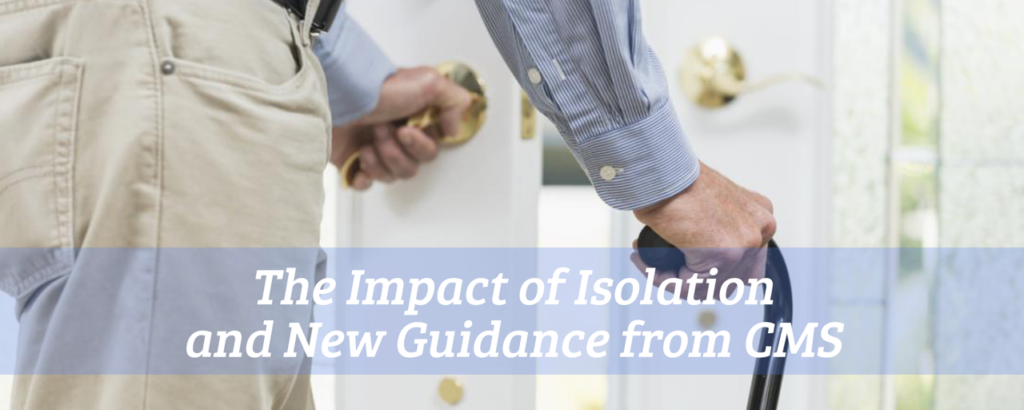The holiday brings with it an important time of reflection. As we gather around our proverbial table with you as part of our Reliant family, we pause to remind ourselves that despite the profuse and unique challenges of 2020, there were numerous successes for which to be grateful. While the list of obstacles at times seemed insurmountable, we continued to be a light to our patients – constantly adapting, advocating, evolving, leaning on our interdisciplinary team members, and showing up despite unsettling moments, and at times, heartbreaking losses.
Essential staff have risen as infection control heroes. We protected our residents, ourselves, and our loved ones through diligent processes as vigilance became a top priority. We met these challenges by solidifying our knowledge of infection prevention and control, provision of care for those in isolation, and proper use of personal protective equipment. The procedures and protocols developed this year will, no doubt, continue to ensure everyone’s safety in the long run.
Isolation and quarantine became a daily reality in an attempt to prevent and mitigate infection spread. Reliant clinicians continue to combat this by brainstorming and executing some impressive, heart-warming, therapeutic activities that provide much needed social interactions, safely. For example, our Sterling Oaks Rehab team built an actual lemonade stand to help the residents celebrate the end of summer, Northern Nevada Veterans Home created a resident carnival for their patients, and there were many more examples. They also incorporated daily care needs into their skilled treatment sessions to assist nursing staff. Countless other interdisciplinary teams facilitated “visits” through video calls or even through windows with patients and their families during quarantine.
This year, thousands of long-term care providers and therapists banded together to make their voices heard. Our respective, discipline-specific associations and The National Association for the Support of Long Term Care (NASL) enabled a multitude of health care providers to voice their concerns creating a powerful advocacy force and gateway to facilitate action. Advocacy measures impacted bipartisan legislation to continue to fight against cuts that would affect service provision for those who need it the most, proving that advocacy does matter!
As vaccine and treatment options appear imminent, even on the cusp of again increasing cases, we can go forward with knowledge, confidence, and determination to continue to protect and fight for our residents. So this year, as we sit around our “Reliant table” and share feelings of gratitude with and for one another, despite having to hold each other’s gloved hands and speak through masks, we hope you feel and sense accomplishment and gratitude, and that you are smiling under those masks, knowing that we stood together on the precipice of the unknown and found resilience, meeting daily demands with continued hope beyond the present circumstances.





